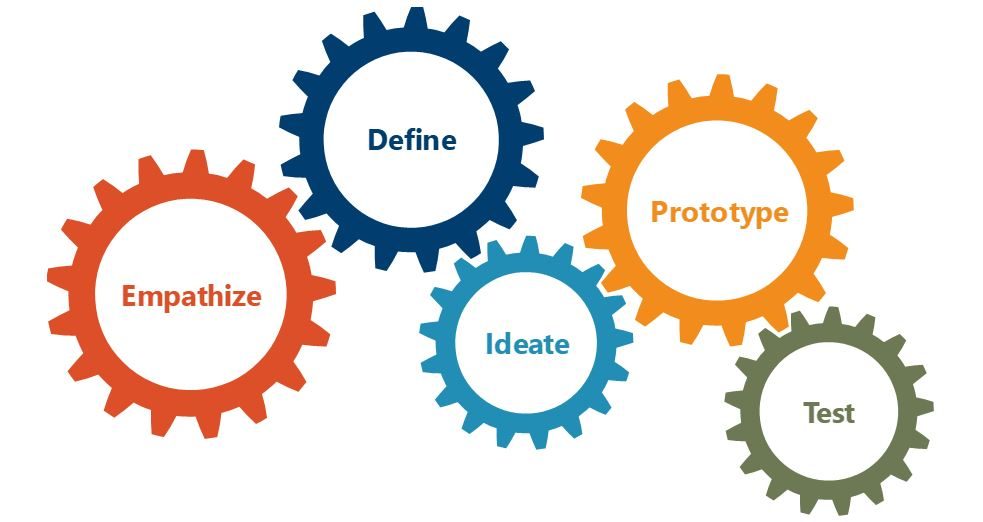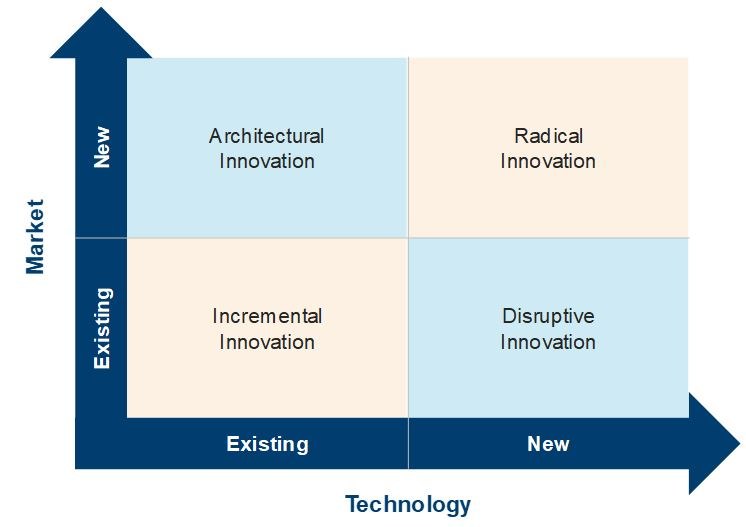Zeroing in on the Right Approach to Innovation
Published on 14 May, 2020

Innovation is the crux on which growth depends in every domain. In business, companies can take recourse to different means of innovation. However, it has to be planned—identify the problem and then come up with a solution.
Companies resort to design thinking and innovation while reengineering current processes or working on a new offering. Design thinking is the correct way of approaching innovation to ensure it is effective. This is typically the case with large technology corporations such as Microsoft, Apple, IBM or even Google, defined as innovative companies. However, irrespective of its size, any enterprise keen on evaluating and changing its existing operational framework can choose this approach.
Einstein said, “We can’t solve problems by using the same kind of thinking we used when we created them. In addition, with the rapid changes in society, the methods we have previously used to solve many of the problems we face are no longer effective. We need to develop new ways of thinking in order to design better solutions, services and experiences that solve our current problems.”
Design thinking is based on this fundamental principle. Referred to as a ‘hands on approach’, the first step in design thinking is to identify the problem and ascertain its implications through research.
Design thinking entails:

- Empathetically understanding the user’s needs and context
- Defining the problem by asking questions
- Having the right conversations to generate ideas for addressing the problems identified
- Generating multiple solutions by experimenting
- Using a structured and facilitated process
Thinking minds like Elon Musk, founder of SpaceX and Tesla, opine that the difficult part of innovation is not coming up with the answer to the problem, but coming up with the right question to define the problem. The inability could be due to not comprehending the issue correctly. Therefore, as a first step, it is important to understand the problem from the user’s perspective. Thereafter, it should be meaningfully expressed in the form of a problem statement, also known as point of view statement. This can be arrived at based on dialogues with key people directly affected by the issue.
Next in line is ideation. Teams are challenged to broaden their creative vision and look at a range of solutions. The goal is to not just find the best solution but all possible solutions. This helps in prototyping and testing, as the organization has alternatives ready. The enterprise must encourage out-of-box thinking. During experimentation, the alternatives undergo the first round of check to determine the feasibility of taking them up for prototyping.
Under prototyping, a working sample based on ideas generated by the team is created. A prototype is like a demo or test model, which helps in quickly testing the possibilities. The benefit of prototyping is that the idea can be tested with minimal investment of resources. If it fails, the organization has nothing to lose—rather, it gets to learn from the mistakes.
According to Harvard Business Review, design thinking promotes learning from failure.
All in all, design thinking is a structured process.
Any innovation must deliver on three counts to qualify as successful: it must be a quality solution, should lower risk and cost, and must get employee buy-in.
There are four types of innovation:

Architectural innovation
The company takes/applies its existing skills and technology to a different market. An organization can thus expand or increase its customer base across geographies rapidly. As the skills have already been tested successfully in other markets, the risk in trying out a new market is low.
Radical innovation
The company develops a revolutionary technology, which leads to the creation of a new product and entirely different category. Airplane, for instance, is once such invention that revolutionized travel.
The cost as well as return on investment is high, as innovation entails development of new products and services with significant impact.
Incremental innovation
The is the most common form. The existing technology infrastructure is leveraged to come up with innovative products/services that provide more value to customers. Either new features are added to existing products or services or these are modified to make them more user-friendly and simple.
Disruptive innovation
Also known as stealth innovation, it entails launching a new technology or process that can render previous solutions in the same category obsolete and thereby change the entire industry.
For example, Apple’s iPhone is often considered a disruptive innovation. Its first touch screen phone changed the way phones were being designed and ushered in the era of smartphones.
Another type in this category would be to enter a new market or completely change the internal corporate structure, transforming operations and making processes digital.
At times, companies are compelled to adapt to disruption due to changes in the industry landscape. When online banking was introduced, banks had to adopt digitalization in order to remain relevant.
Innovation does not necessarily mean creating new technologies to become a market leader. Leadership can be acquired even by adopting new technology and implementing it effectively. Whatever be the means, the objective should be to provide a solution that is relevant and cost-effective.
Conclusion
Design thinking and innovation have become the way of life for many companies. Besides nudging us to think differently while strategizing, these approaches also help garner employee buy-in and thereby promote engagement at workplace.
